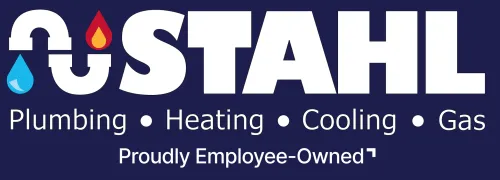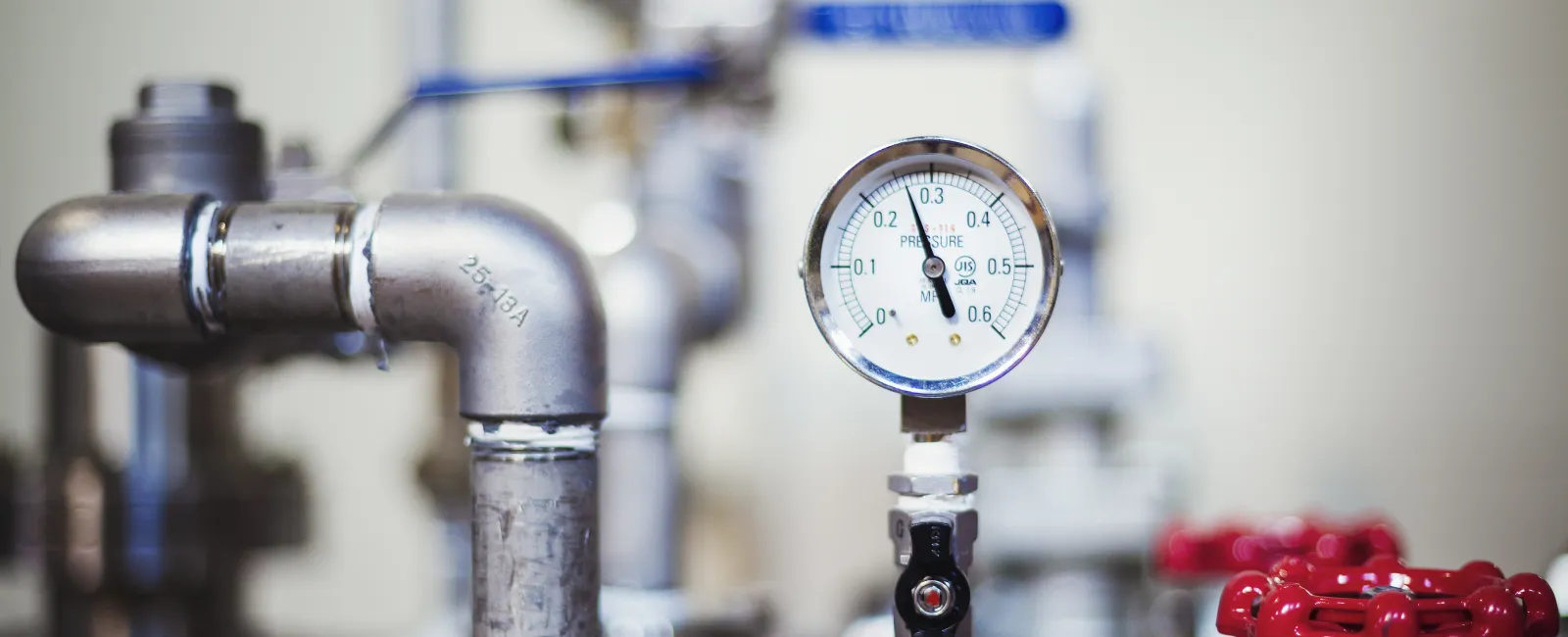Understanding Water Pressure: Causes of Low Pressure and How to Fix It
- Check valves to ensure they're fully open to fix low water pressure.
- Consult a plumber for clogs causing plumbing pressure problems.
- Replace corroded pipes to improve water pressure issues.
- Regularly evaluate and maintain water pressure regulators to prevent pressure drops.
Water pressure in your home should strike the perfect balance: strong enough to efficiently handle your daily needs, but not so powerful that it strains your plumbing system. When you experience low water pressure, it can disrupt everything from your morning shower to your dishwashing routine. In this blog post, we'll explore common causes of low water pressure and provide actionable tips on fixing water pressure issues effectively.
1. Check for Closed or Partially Closed Valves
One of the simplest explanations for low water pressure is that the main water valve or the shut-off valves under sinks and toilets are not fully open. These valves can sometimes be accidentally turned, reducing the flow of water into your home. Fixing water pressure can be as straightforward as ensuring all valves are fully operational and open. Additionally, it's important to periodically check these valves for any signs of rust or damage that might impede their functionality, ensuring they operate smoothly to maintain consistent water pressure.
2. Inspect for Clogged Pipes
Over time, your home's plumbing can accumulate mineral deposits that restrict water flow, leading to significant plumbing pressure problems. If you suspect clogs, it might be worth consulting with a professional plumber who can assess and clean your pipes using specialized tools and techniques. This might include using hydrojetting or pipe snakes to effectively remove stubborn blockages and restore your plumbing to optimal functioning, thus improving water pressure throughout your home.
3. Consider the Impact of Corroded Plumbing
Older homes might suffer from corroded pipes, a more severe cause of water pressure issues. Corrosion narrows the pipes' diameter, restricting water flow. Replacing these pipes can be a more extensive solution but necessary for restoring optimal water pressure and preventing future plumbing disasters. Additionally, upgrading to modern materials like copper or PEX can help prevent future corrosion and scale buildup, offering a long-term resolution to water pressure issues.
4. Evaluate the Water Pressure Regulator
A faulty water pressure regulator can also lead to low water pressure. This device, which controls the pressure of water entering your home from the main water line, can fail and reduce your water pressure. A plumber can test this component and replace it if necessary to ensure your system's pressure is at a suitable level. Regular checks and maintenance of the regulator can prevent sudden failures and ensure that water pressure remains stable over time.
5. Address Plumbing Leaks
Leaks in your plumbing system can divert water away from where it's needed, leading to water pressure issues. Check for wet spots on floors, walls, or ceilings. Hearing the sound of running water when all taps are closed can also indicate a leak. Prompt repairs not only resolve water pressure problems but also prevent water damage and wastage. Additionally, professional leak detection can help locate hidden leaks that might not be immediately obvious, ensuring that all aspects of your plumbing are functioning efficiently.
6. Install a Water Pressure Booster
If your home is located at a higher elevation or far from the water supply, intrinsic low water pressure may be a chronic issue. Installing a water pressure booster system can be an effective solution. These systems increase the pressure of incoming water, ensuring consistent flow throughout your property.
7. Consult Your Neighbors
Before undertaking significant plumbing renovations, check whether your neighbors are experiencing similar water pressure issues. If they are, the problem could be with the local water supply. Contacting your water supplier can provide insights and prompt broader remedial measures.
Dealing with low water pressure doesn't have to be a daily frustration. By understanding the common causes and exploring various solutions—from simply checking valves to possibly installing a booster system—you can ensure your plumbing performs optimally. Remember, while some fixes are DIY-friendly, consulting with professional plumbers like those at Stahl Plumbing can provide the expertise needed to resolve plumbing pressure problems effectively.
Struggling with water pressure issues in your home? Don't let low water pressure disrupt your day. Contact Stahl Plumbing today, and let our experienced team bring back the strong, steady flow you deserve. Contact us today to schedule an appointment and solve your plumbing challenges efficiently!

